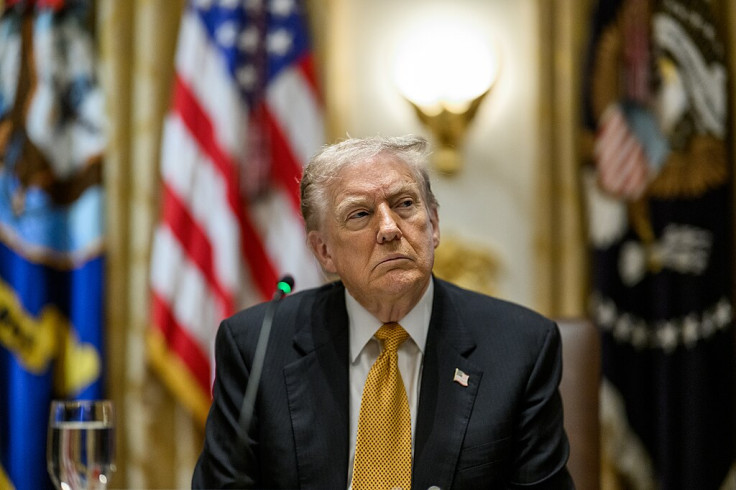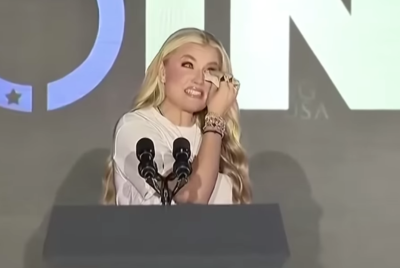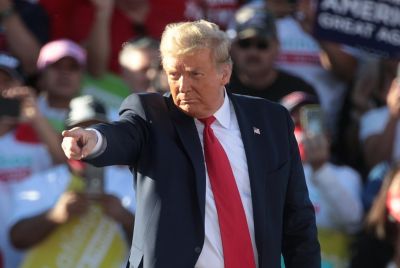'Is Trump OK?' Alarming Oval Office Footage Shows President Struggling to Stay Awake
Official White House footage shows the president repeatedly closing his eyes during a drug-pricing announcement; an attendee's collapse briefly halted the livestream.

Donald Trump appeared to struggle to keep his eyes open for an extended stretch during a White House announcement, sparking fresh debate about presidential fitness and prompting an immediate White House rebuttal.
The moment unfolded during a live Oval Office event on 6 November 2025 in which Trump announced agreements intended to lower the cost of widely used weight-loss and diabetes medications.
Video from the White House livestream shows the president repeatedly closing his eyes and shifting in his chair for roughly 15–20 minutes before the event was briefly interrupted when an attendee collapsed behind him.

Context And The Event
The gathering in the Oval Office, billed as a major step to reduce prices for GLP-1 drugs for Medicare and Medicaid patients, was formally set out in a White House fact sheet the same day. The administration said the initiative would substantially lower monthly costs for several drugs and emphasised the announcement as a policy win.
At roughly the midpoint of the livestream, cameras captured a person standing behind the president collapsing; members of the room, including Dr Mehmet Oz, rushed to assist, and White House medical staff attended to the individual.
Press were escorted out temporarily and coverage was interrupted before the event resumed with Trump addressing the audience about the incident.
Signs Of Fatigue Caught On Camera
Close analysis of the official video shows Trump lowering his gaze, closing his eyes, and leaning his head forward several times while others spoke. The behaviour, repeated across multiple angles, circulated rapidly on social media and drew immediate commentary from politicians and pundits alike.
@guymurrayesq rp @We are a newspaper. On Thursday, President Donald Trump seemed to struggle to keep his eyes open during a roughly 20-minute stretch at an Oval Office event on drug-price cuts. Sitting behind the Resolute Desk, Trump's eyes repeatedly closed while his deputies took turns giving remarks. Tap the link in our bio to read more.
♬ original sound - Guy Murray
Conservative and liberal outlets alike shared clips; for many viewers, the timing, occurring during a health policy announcement, heightened concern.
The White House response was swift. Press Secretary Karoline Leavitt described the fainting incident as a brief medical episode involving a company representative and said the White House Medical Unit 'quickly jumped into action' and that the gentleman was 'okay'.
The administration also pointed to the substance of the policy announcement and the president's subsequent remarks to rebut suggestions that he had been incapacitated.
What Experts And Critics Are Saying
Medical and political commentators have seized on the footage as another data point in an ongoing national conversation about the health and fitness of senior political leaders.
Neurologists and geriatric specialists who have not examined Trump directly told journalists that momentary eye-closure does not by itself prove a neurological deficit, but said repeated, prolonged nodding-off in formal settings can be consistent with sleep deprivation, medication effects, or other medical conditions.

At the same time, critics argued the optics were politically damaging, especially given Trump's long history of deriding opponents' energy or health. Supporters countered that the president resumed the event, addressed the medical emergency, and continued with his schedule, pointing to the White House's official video and fact sheet as the primary record.
The footage landed in an unusually combustible week of U.S. politics, and it resonates because it combines two elements the public scrutinises intensely: the physical demeanour of a head of state and how an administration handles a visible on-stage medical emergency.
For policymakers and voters alike, such televised moments serve both as evidence to be weighed and as symbolic narratives that can shape public trust.
© Copyright IBTimes 2025. All rights reserved.





















